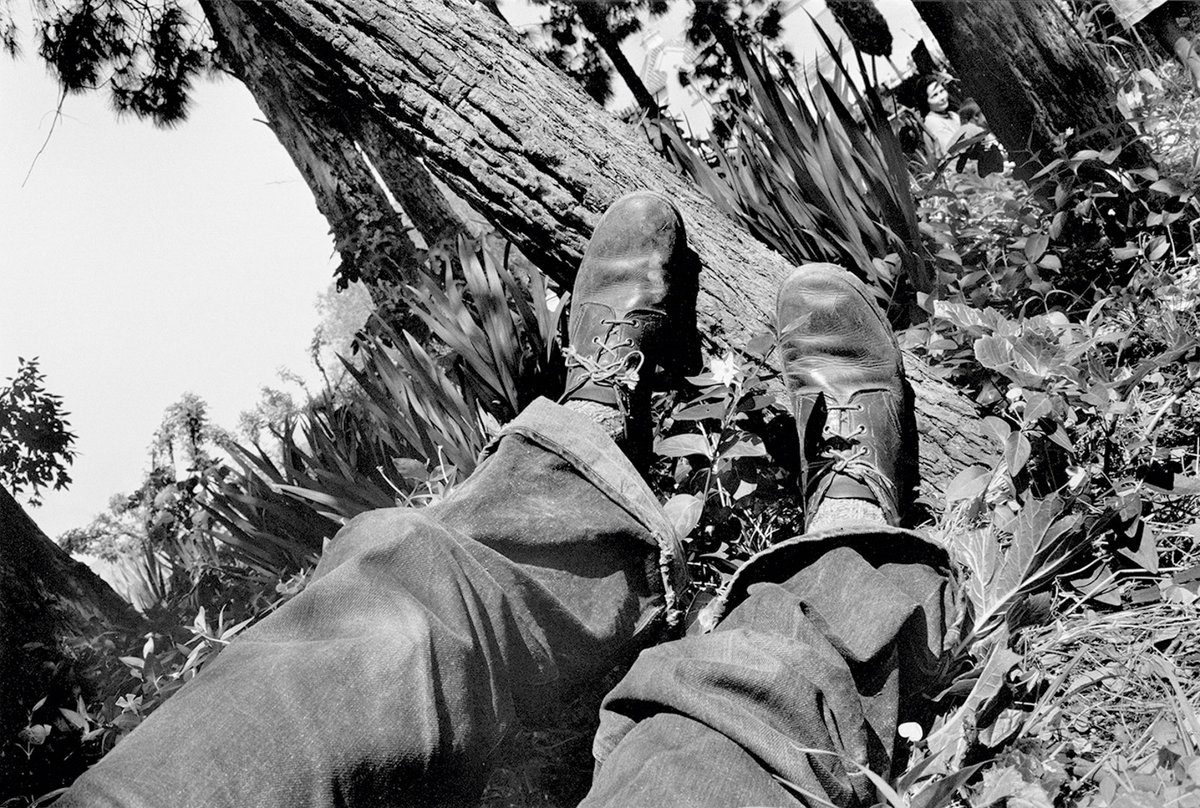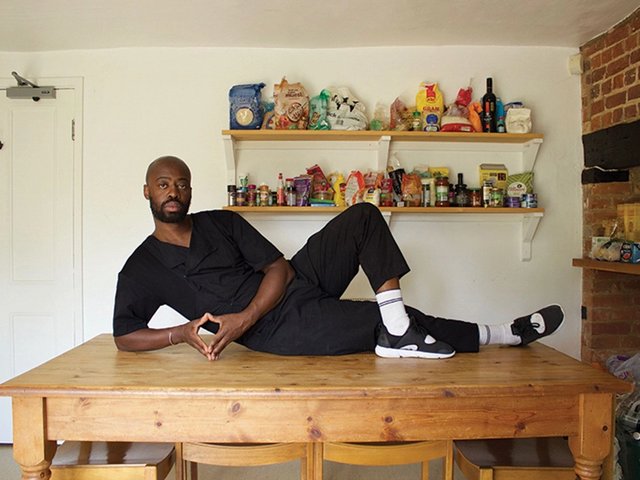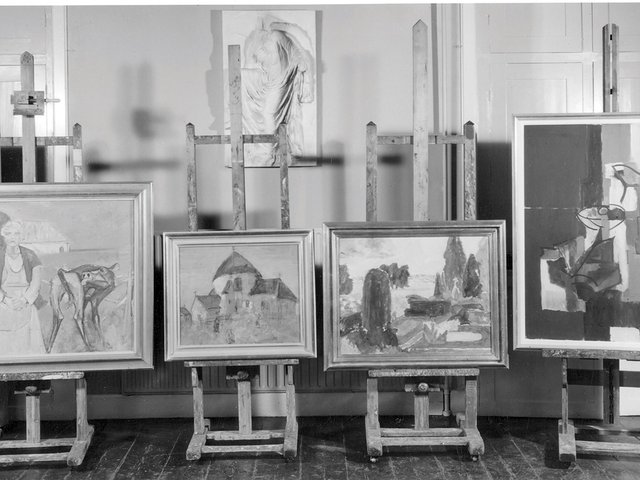Photographs by Josef Koudelka
Museum of Decorative Arts, National Gallery and National Museum, Prague, and the Moravian Gallery, Brno
The photographer Josef Koudelka has donated more than 2,000 photographs to four Czech institutions in what is the country’s largest art acquisition in more than 40 years. For the first two decades of his career, Koudelka was a secret dissident who documented life behind the Iron Curtain, smuggling his negatives into the West, where they were distributed by Magnum Photos. His images of the 1968 Soviet invasion of Prague made him world-famous, yet he did not reveal his identity until 1984.
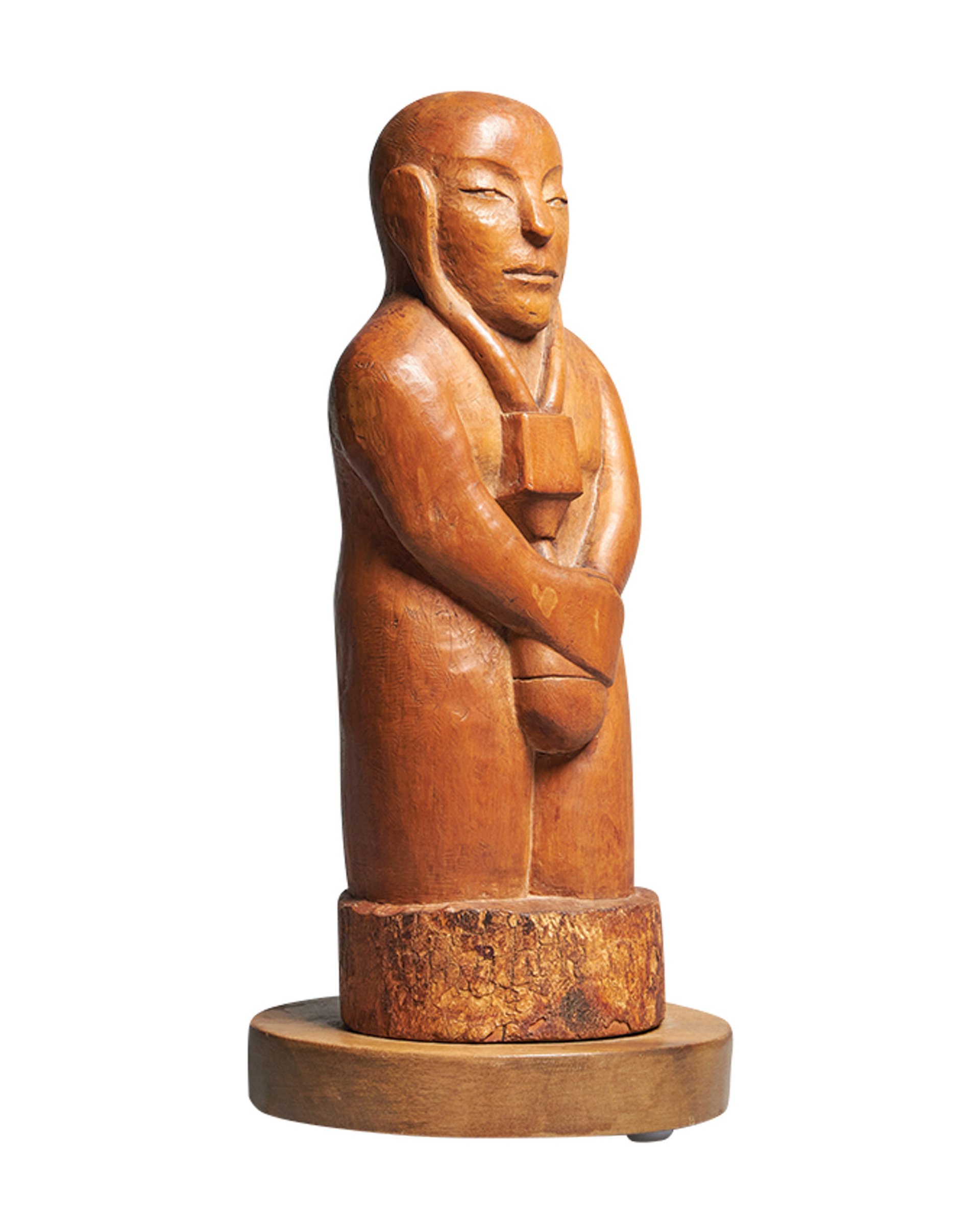
Ronald Moody The Warrior (1974) Courtesy of Pallant House Gallery
Sculptures by Ronald Moody
Pallant House Gallery, Chichester
Pallant House Gallery has acquired two sculptures by the Jamaican-born artist Ronald Moody, a key figure in the Caribbean Artists Movement in London during the 1960s and 70s. The first, The Warrior (1974), carved from Kauri wood native to New Zealand, was purchased at Christie’s London in March when it was listed under a different name, Man with Hands Crossed Listening to the Band and dated to 1951. After the museum purchased the work it contacted the artist’s foundation, which identified it as The Warrior. It was bought for £12,500 (with fees) with support from Art Fund, the V&A Purchase Grant Fund and private donors. Pallant House subsequently received a gift from the Ronald Moody Trust of a 1946 plaster bust depicting the artist’s brother, the physician and prolific anti-racism campaigner Harold Moody. Both sculptures are now on display at the gallery.
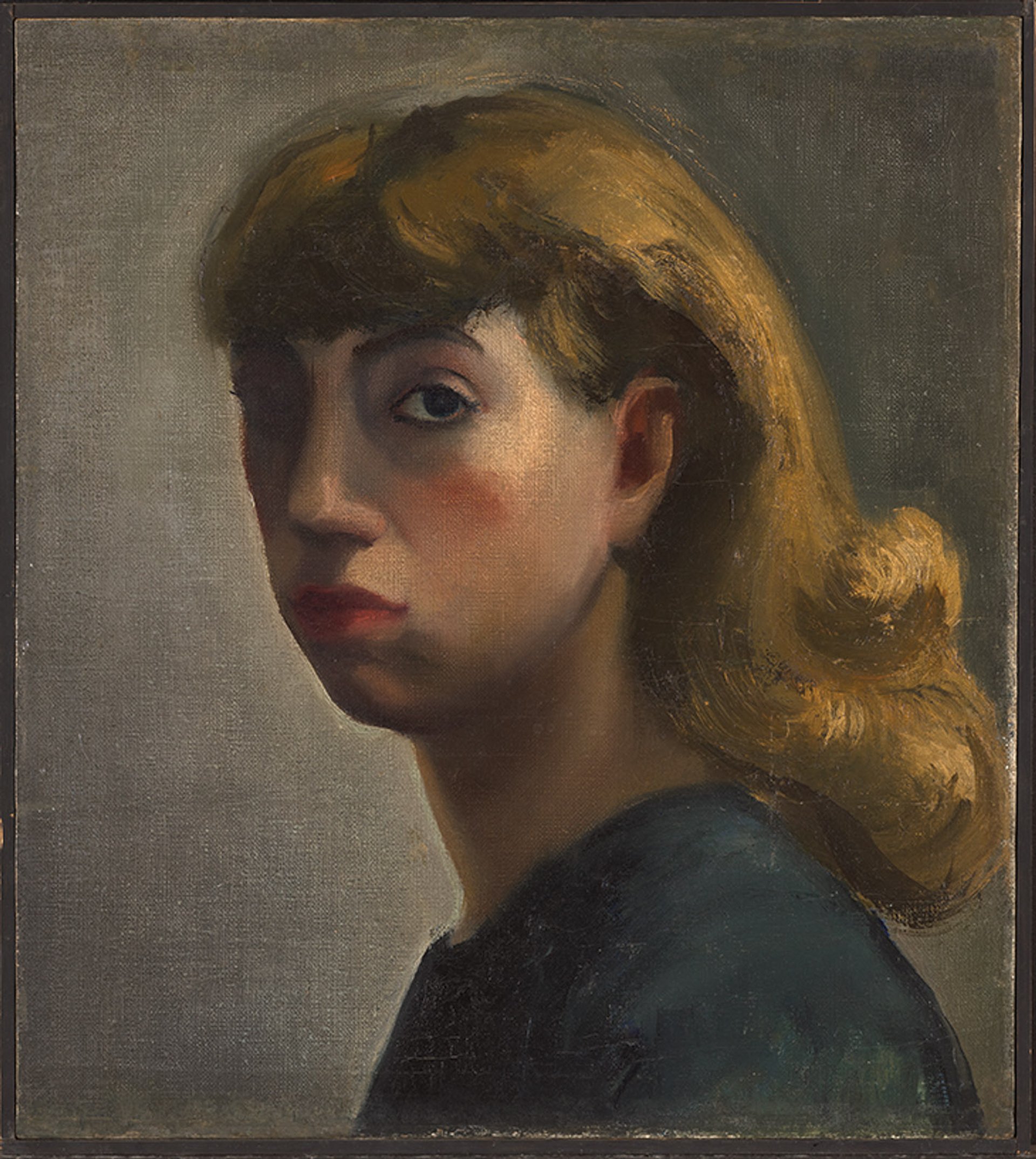
Lee Krasner, Self-portrait (around 1921-33) © 2021 The Pollock-Krasner Foundation/Artist Rights Society (ARS), New York
Lee Krasner’s Self-portrait (around 1931-33)
Wadsworth Atheneum Museum of Art, Hartford, Connecticut
The American painter Lee Krasner’s road to abstraction started in her native New York, where she was an art student in the late 1920s and early 1930s. The period left its mark in a surviving handful of stern, vivid self-portraits. What is believed to be the fifth and last of these has now entered the collection of the Wadsworth Atheneum Museum of Art. The work was purchased for an undisclosed price through New York’s Kasmin Gallery, which sold it on behalf of the Pollock-Krasner Foundation, established after Krasner’s death. The museum is undertaking minor conservation on the painting and deciding on a new frame before it goes on view in a few months, says Erin Monroe, the curator of American paintings and sculpture. One other self-portrait remains with the foundation.


